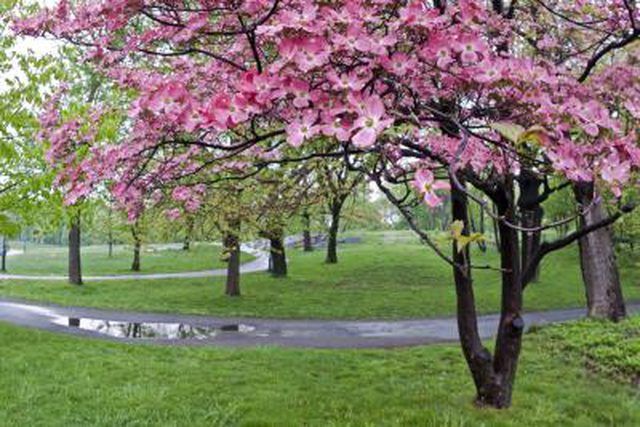Bulbs
Flower Basics
Flower Beds & Specialty Gardens
Flower Garden
Garden Furniture
Garden Gnomes
Garden Seeds
Garden Sheds
Garden Statues
Garden Tools & Supplies
Gardening Basics
Green & Organic
Groundcovers & Vines
Growing Annuals
Growing Basil
Growing Beans
Growing Berries
Growing Blueberries
Growing Cactus
Growing Corn
Growing Cotton
Growing Edibles
Growing Flowers
Growing Garlic
Growing Grapes
Growing Grass
Growing Herbs
Growing Jasmine
Growing Mint
Growing Mushrooms
Orchids
Growing Peanuts
Growing Perennials
Growing Plants
Growing Rosemary
Growing Roses
Growing Strawberries
Growing Sunflowers
Growing Thyme
Growing Tomatoes
Growing Tulips
Growing Vegetables
Herb Basics
Herb Garden
Indoor Growing
Landscaping Basics
Landscaping Patios
Landscaping Plants
Landscaping Shrubs
Landscaping Trees
Landscaping Walks & Pathways
Lawn Basics
Lawn Maintenance
Lawn Mowers
Lawn Ornaments
Lawn Planting
Lawn Tools
Outdoor Growing
Overall Landscape Planning
Pests, Weeds & Problems
Plant Basics
Rock Garden
Rose Garden
Shrubs
Soil
Specialty Gardens
Trees
Vegetable Garden
Yard Maintenance
What Is the Root System of a Dogwood Tree?
What Is the Root System of a Dogwood Tree?. Flowering dogwood trees (Cornus florida) are among the most prominent and pretty additions to natural and cultivated landscapes throughout their eastern range in United States Department of Agriculture plant hardiness zones 5 to 9. The ample show of blossoms atop is in contrast to fragile, shallow root...

Flowering dogwood trees (Cornus florida) are among the most prominent and pretty additions to natural and cultivated landscapes throughout their eastern range in United States Department of Agriculture plant hardiness zones 5 to 9. The ample show of blossoms atop is in contrast to fragile, shallow root systems that make them susceptible to drought, disease and damage. The far-reaching root network also makes it difficult to transplant dogwood trees or remove them from the wild.
Dogwood Fundamentals
Despite vulnerable root systems dogwood trees have managed to thrive in the eastern United States, where they grow in the wild and can live as long as 40 years. The official state tree of Virginia, they reach heights up to 35 feet with branches spreading to about 25 feet in diameter bearing white-and-pink blossoms in spring that transform to handsome flower bracts and summer leaves followed by vivid red autumn foliage.
Root Causes
Dogwood trees are dependent on surface moisture because root networks don't penetrate to water reserves that may lie deeper beneath the slightly acidic well-draining soil they prefer. Apply the mulch of your choice such as bark chips 3 to 4 inches deep over roots to hold in moisture. Supplemental watering for newly planted trees is a necessity during the first year of growth and for young or established trees during drought conditions including drying winds. If the leaves are wilting the tree needs water. Apply at least 3 gallons at least once per week, thoroughly soaking soil around the tree perimeter. Landscape dogwoods grown in full sun may need to be watered daily.
Touchy Transplants
Wild dogwoods hate to be moved. It's difficult to dig up enough of the root network to sustain a mature, transplanted tree and trees don't tolerate variations in light or growing conditions that accompany the move from wild environment to cultivated landscape. You'll have better luck transplanting bare-root or burlap-balled trees purchased from a nursery or garden center during the dogwood's dormant season. Young trees grown in containers can be planted any time of year.
Planting Primer
Plant dogwood saplings in a hole as deep as the ball of roots and three times as wide as the clump. Mound soil and 1 to 2 cups of compost around roots, but do not compact it down tightly on top of the root-ball. Trees become established within 6 months to a year for each inch of trunk diameter.
Rootless reproduction
Dogwood trees easily sprout from seeds; remove the thin layer of pulp from the seeds within the red fruit and plant in a pot of well-draining soil in autumn or early winter. Water thoroughly and leave outdoors to adjust to the cold. Seeds sprout the following spring.
Care and Feeding
Too much fertilizer can injure dogwood trees and it isn't really necessary. If you want to give a droopy-leaved sapling a boost, mix 1 to 2 cups of a gentle, organic fertilizer into your compost-soil mix during transplanting; no additional feeding required. Mature dogwood trees should not be fertilized.
Warning
The bright red fruit of the flowering dogwood provides food for birds and wildlife but is poisonous to humans.